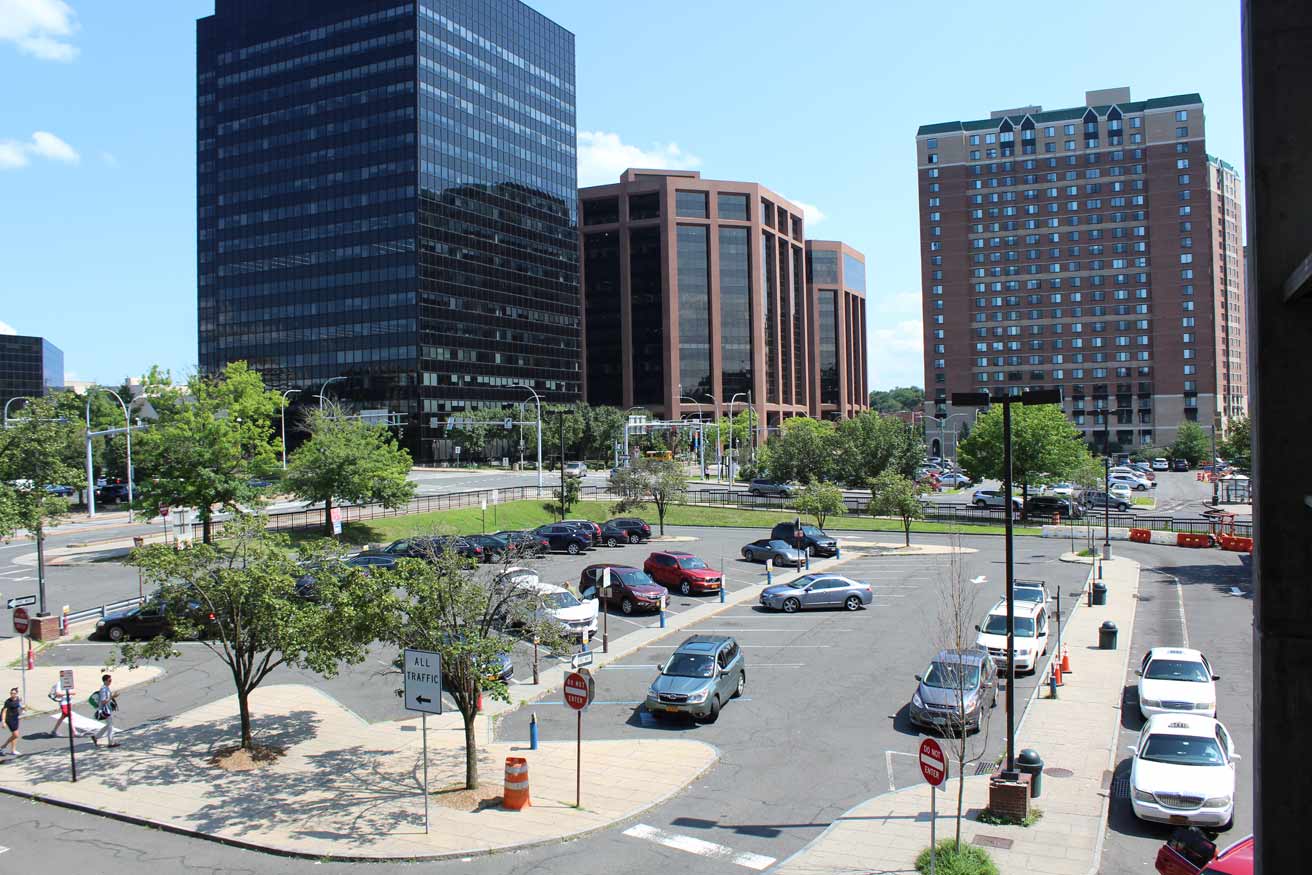
Westchester County leasing velocity was down about 11% in the first quarter, and it is anticipated that it will fall further behind last year”™s pace in the second quarter.
The trends in our market are, by and large, in synchronization with the national statistics. Vacancy rates are rising, as are availability rates (which includes leased space that is on the market for sublease). The county”™s repurposing of approximately 7 million square feet of office space into other uses (which includes adaptive reuse of existing office buildings for residential apartments or medical space as well as demolition of obsolete office buildings to build other types of product on their sites) has not and cannot keep up with the pace of slowing demand for office space due to remote and hybrid work.
“Without a doubt, the pandemic prompted seismic shifts in occupancy rates and the types of spaces tenants seek,” said Karolina Alexandre, research manager for global real estate brokerage Newmark. “Landlords are not only competing with the building across the street, but also with a lingering remote work model. As a result, the flight-to-quality trend has only intensified, as firms seek to modernize their offices with superior amenities and overall quality in an effort to retain their workforce.”
“Thus,” Alexandre added, “much of the commodity lower-quality space will continue to muddle along. But the drop in leasing velocity in Westchester is also in large part due to an ever-shrinking inventory base, following a vast number of building conversions.”
We are also at the front end of some economic issues in our market as well that will further slow the pace of transactions.
Two buildings in Tarrytown (560 and 580 White Plains Rd.) have recently gone into receivership, which will very likely restrict their ability to transact new lease deals. The ownership of 303 South Broadway in Tarrytown has been trying to get a zoning change to allow it to demolish the existing office building and construct rental apartments on that site. So, this building has essentially removed itself from the leasing market by choice.
In the East-287 submarket, a large office portfolio is being extremely cautious in how they commit to funding new leases. These developments mean that hundreds of thousands of square feet of space are practically “off the market” notwithstanding the fact that they are part of the vacancy statistics.
Tenants are now more willing to make long-term decisions on renewals or new space and some are planning for future growth. But landlords”™ expenses to negotiate a lease document, build out tenant spaces and pay broker commissions typically cost about three-and-a-half to four years of gross rent, so they are not cash-positive on leases until past the mid-point of the term on a typical seven-year lease.
We should have the actual statistics relatively soon, but the trends are clear and they are not pretty.
Howard E. Greenberg is president of Howard Properties Ltd. in Valhalla. He has been a prominent commercial real estate broker for over 35 years and founded his own firm in 1998. He specializes in tenant representation and corporate services for clients in Westchester and throughout the U.S.



















